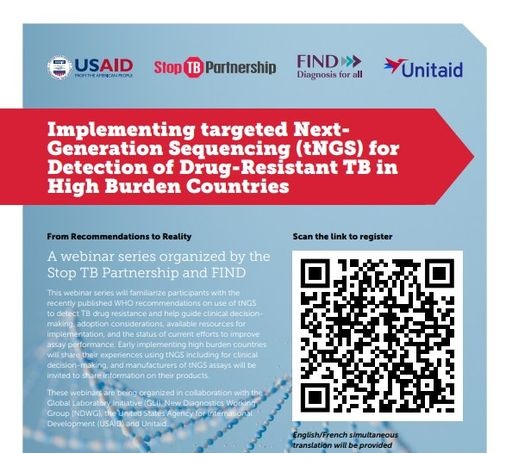Targeted next-generation sequencing (tNGS) has emerged as a comprehensive alternative to existing methods for drug susceptibility testing of MTB strains from sputum samples. The tNGS approach overcomes many of the significant challenges associated with conventional phenotypic testing as well as the limitations of other less comprehensive molecular tests by providing rapid, detailed sequence information for multiple gene regions. Although the tNGS technology is established in medical diagnostics of many diseases, the proof of principle is still pending for its use in TB diagnostic algorithms in high incidence, high resistance settings.
Implementation of tNGS under the project
The introducing New Tools Project (iNTP) has funded a tNGS study at the International Centre for Diarrhoeal Disease Research, Bangladesh (icddr,b) with the primary objectives of demonstrating evidence of feasibility of the use of tNGS with direct testing of sputum samples and contributing to the global evidence base on the use and feasibility of tNGS for TB drug resistance detection. The IRCCS San Raffaele Scientific Institute (WHO Supranational Reference Laboratory, Milan) provided technical assistance to the icddr,b team. See a summary of the tNGS study here.
Implementing tNGS for Detection of Drug-Resistant TB in High Burden Countries: From Recommendations to Reality
A webinar series organized by the Stop TB Partnership and FIND, in collaboration with USAID, Unitaid, the Global Laboratory Initiative (GLI) and the New Diagnostics Working Group (NDWG).

This webinar series will familiarize participants with the recently published WHO recommendations on the use of tNGS to detect TB drug resistance and help guide clinical decision-making, adoption considerations, available resources for implementations, and the status of current efforts to improve assay performance. Early implementing high burden countries will share their experiences using tNGS including for clinical decision-making, and manufacturers of tNGS assays will be invited to share information on their products.



